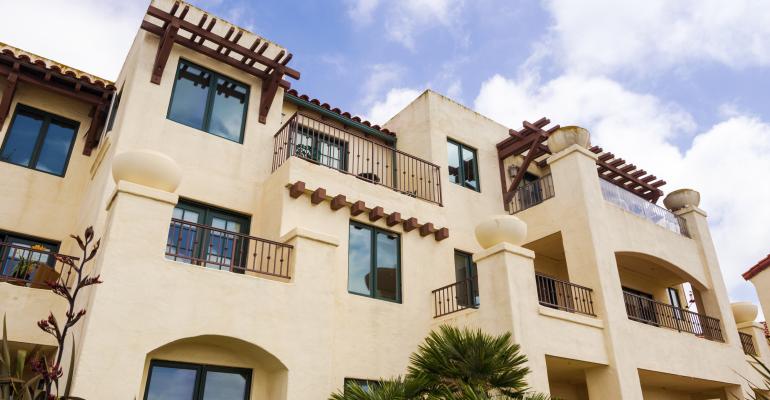In spite of concerns about overbuilding, multifamily developers continue to plan new apartment projects in metro areas that have seen the influx of thousands of new apartment units in recent years.
“Developers still really like the 15 or so metros that have accounted for half the country’s completions,” says Greg Willett, chief economist for RealPage Inc., a provider of property management software and services. “That makes sense. The apartments that have been built to date generally have been readily absorbed and are generating very high rents.”
Demand still strong for apartments
However, developers are becoming more cautious about building in top markets than they have been previously.
“Developers are more attuned to the pipeline than they were two years ago,” says John Sebree, Chicago-based director of the national multi housing group with brokerage firm Marcus & Millichap. “This late in the real estate cycle, the margin for error is probably a little less.”
Demand for housing of all types, including apartments, remains very strong in the U.S. compared to the number of available housing units. The number of households in the U.S. is expected to grow by 1.56 million in 2019. But developers are only expected to increase the total number of housing units by 1.2 million. That figure includes single-family homes, rental apartments and all other types of housing.
“We are still not satisfying the demand,” says Sebree.
Education and growth fuel the top markets for development
The top metro areas for apartment construction include both expensive cities with highly educated workforces and less expensive towns that are growing quickly. “Ideally, markets combine both education and fast growth, but highly-educated areas tend to be too expensive to warrant fast growth,” says Andrew Rybczynski, a senior consultant with research firm the CoStar Group.
Cities with high incomes and highly educated populations, including Boston, Seattle and Stamford, Conn., have seen the highest share of new apartment projects since 2010, according to Rybczynski. “Richer and more highly educated people have become more likely to rent over the past cycle,” he says.
For areas where 10 percent to 20 percent of the population was college educated in 2010, there was a 4 percent increase in units since 2010. Areas where 30 percent to 40 percent of the population had college degrees saw a 14 percent increase. Areas with 50 percent to 60 percent of the population being college educated experienced a 22 percent increase in new apartment units.
Simple population growth is also fueling new construction. “The fastest growth currently is in low-cost, and poorly educated markets,” says Rybczynski. Fort Lauderdale and Jacksonville in Florida and Nashville, Tenn. are high-growth metros with apartment units under construction totaling 7 percent to 8 percent of existing inventory.
New buildings rise in smaller metro areas
However, some smaller markets are attracting developers to build new apartment buildings.
“Markets like Charleston, S.C., and Reno, Nev. have been very active apartment delivery areas for quite a while now, reflecting terrific economic expansion in those spots,” says Willett.
Other smaller cities, including Lousiville, Kenn., and Colorado Springs, Colo., have recently joined the list of markets where it makes sense for apartment developers to build.
“A few markets now are [seeing] really their first waves of new supply in quite a while, mainly reflecting that rent growth over the past few years finally has pushed achievable class-A rents to levels that justify development,” says Willett.

